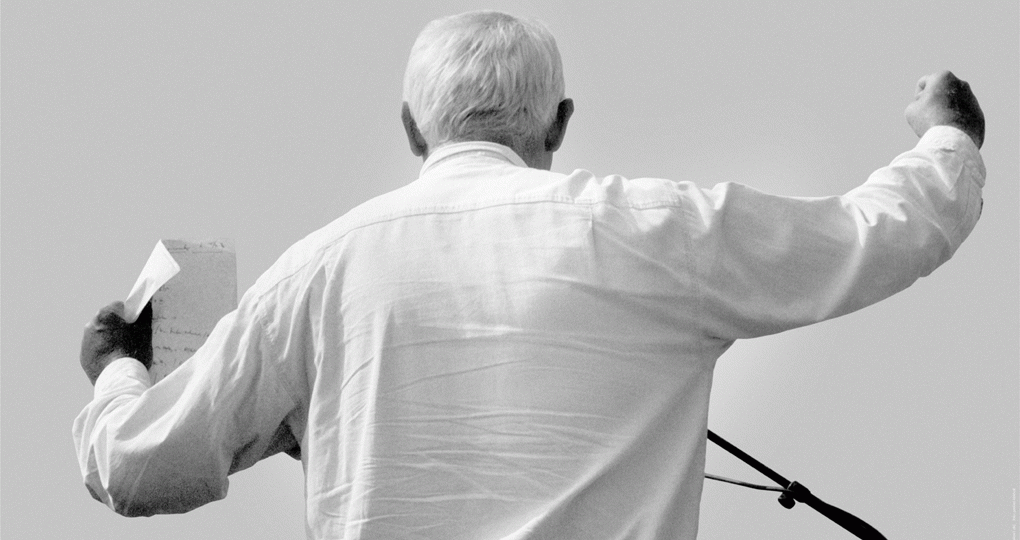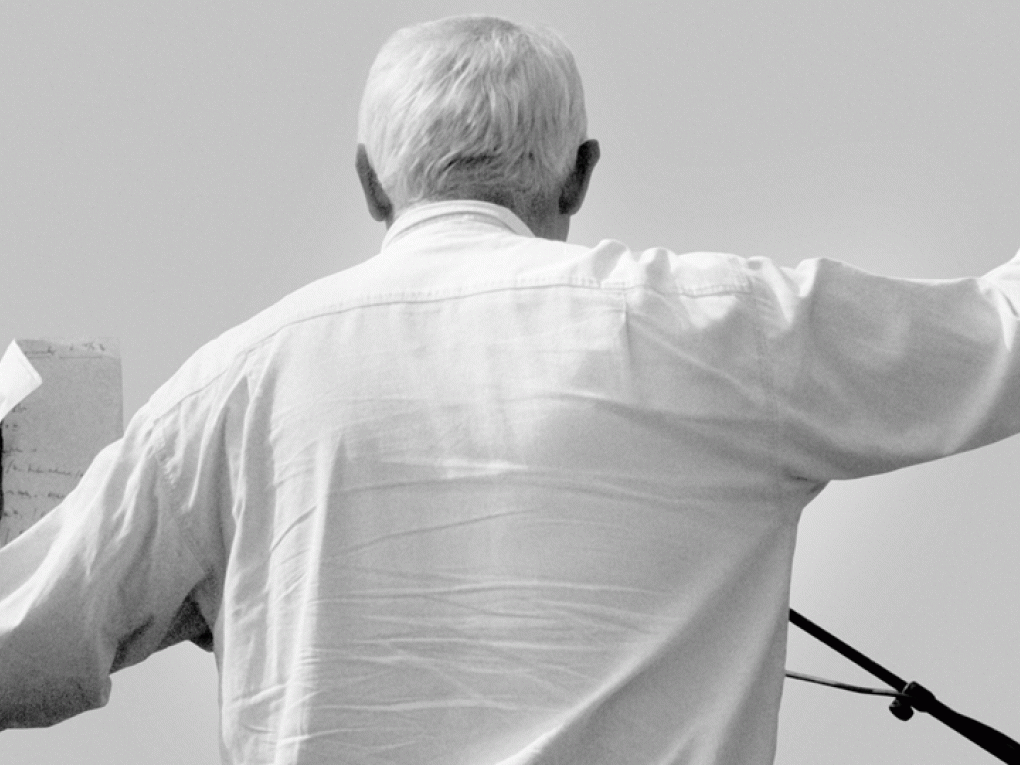Three new articles about Palladium (in Danish only), portrait documentaries and digital resuscitation.
This Danish language article by Jannie Dahl Astrup offers an overview of the history of the Danish film company, Palladium, which throughout nearly one hundred years produced a wide variety of films, ranging from the masterpieces of Carl Th. Dreyer to an extended series of 1970s soft porn films.
How may celebrity theory illuminate the analysis of celebrity portrait documentaries? Helle Kannik Haastrup takes three Danish documentaries Svend (2011), Gambler (2006) og Tintin et moi (2003) as a case for her discussion in this article.
Digital release of forgotten films may revive important works, but in some instances respect for the original work does not follow. In his article, Stephen Larson traces the critical reception of Dreyer’s Michael and criticizes the U.S. DVD version of Dreyer’s Kammerspiel.
Enjoy your read!


